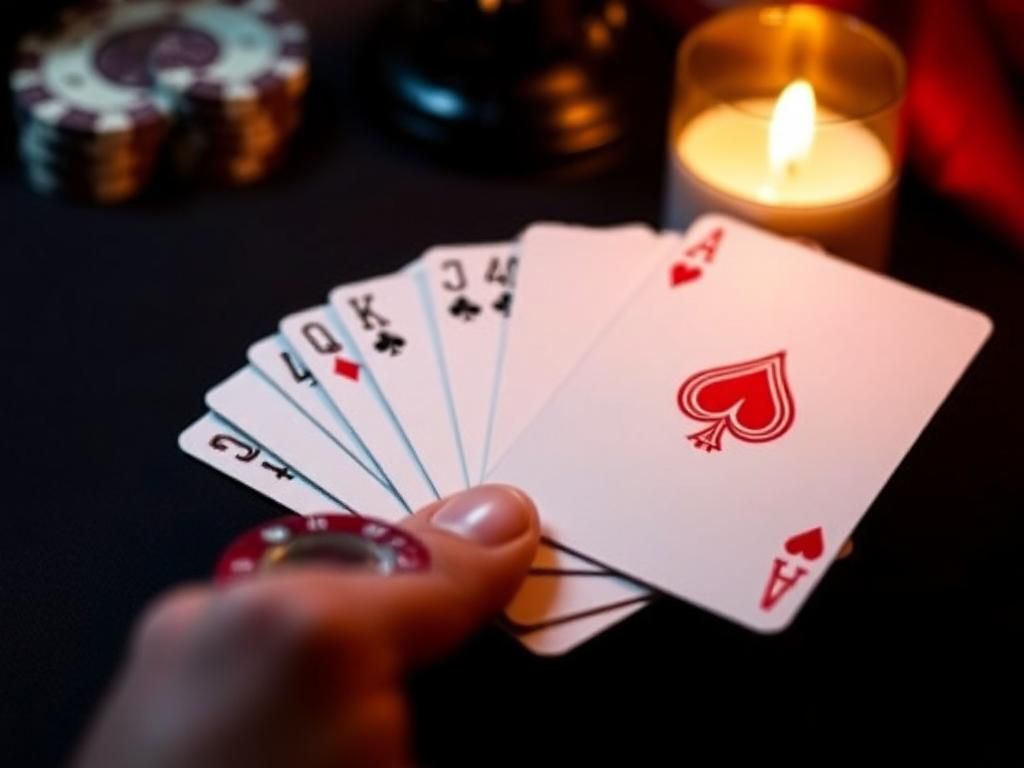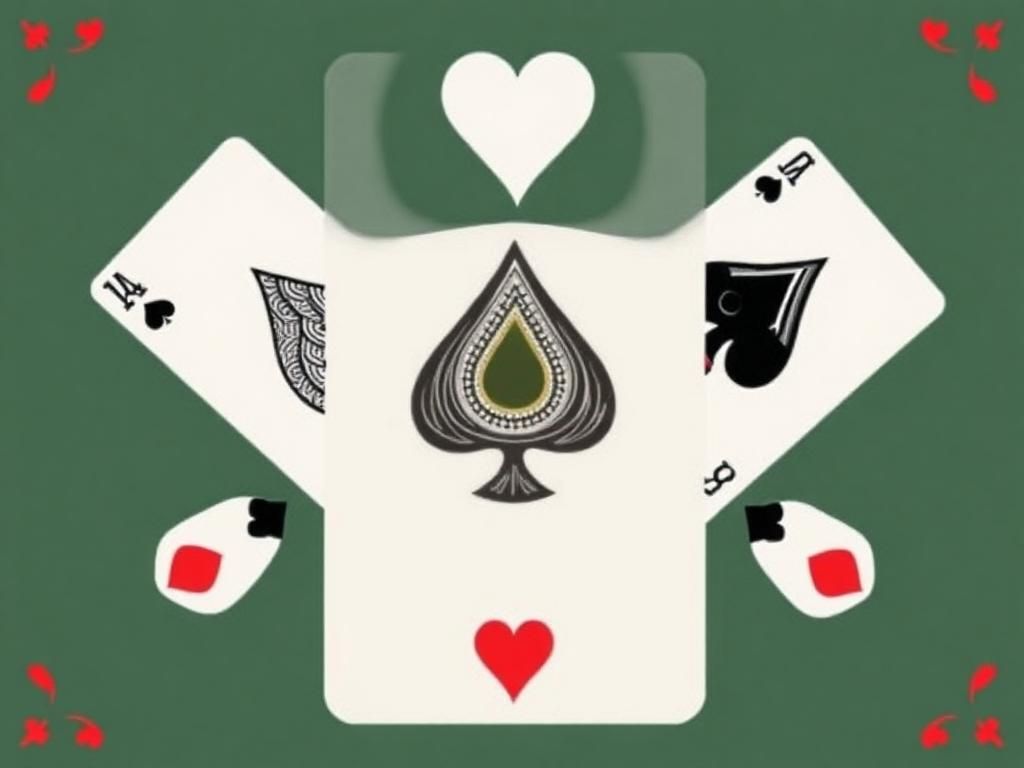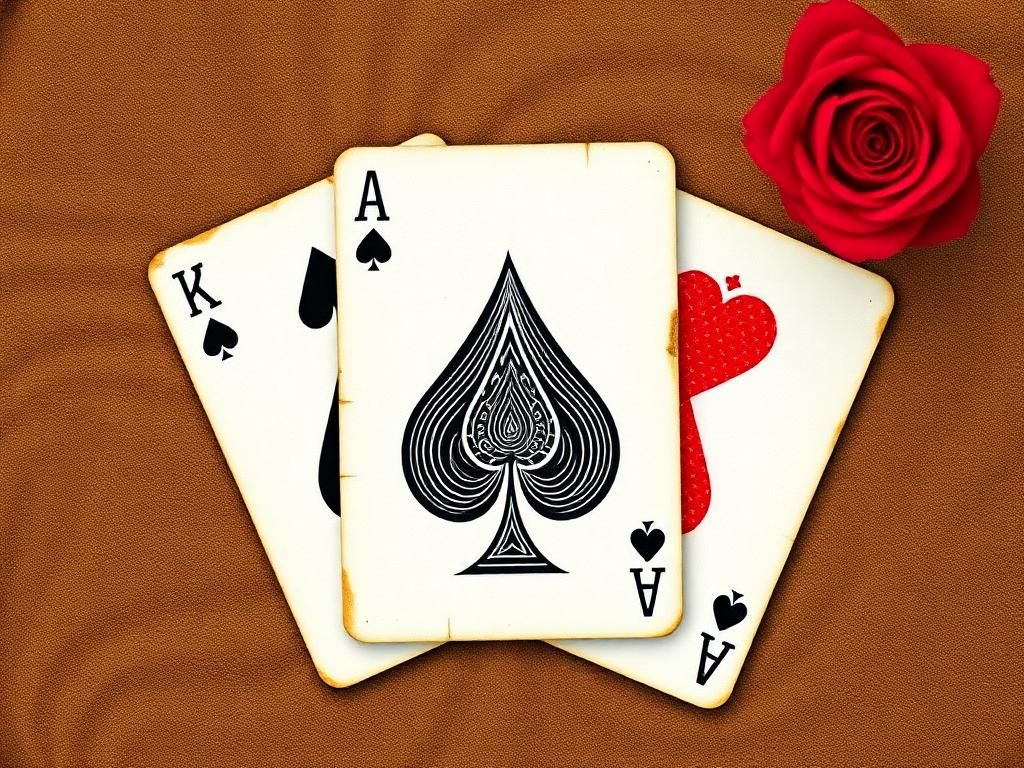Playing cards, with their intricate designs and fascinating history, have transcended mere games to become a powerful medium of symbolism. Originating from ancient cultures long before the modern deck we know today, playing cards have evolved into a rich tapestry of meaning and representation. Not only do they entertain, but they also offer insights into human emotion, culture, and even psychology.
The symbolism of playing cards plays a crucial role in various aspects of life, from gambling to divination, literature, and art. This article explores the multiple layers of meaning embedded in playing cards, helping us uncover the hidden stories behind each suit and rank, their cultural interpretations, and their significance in modern society.
The Basics of Playing Card Structure
Suits and Their Meanings
In any standard deck of playing cards, the suits are fundamental to their *symbolic* interpretation. Each suit carries distinct meanings that can be associated with various aspects of life:
– Hearts: Often viewed as the suit of love, hearts symbolize emotion, relationships, and the human experience. They represent our connections with others, as well as our inner feelings and desires.
– Diamonds: This suit signifies wealth, prosperity, and materialism. Diamonds are often associated with financial gain and success, manifesting the earthly concerns we all encounter.
– Clubs: Clubs are linked to action, work, and ambition. They evoke the drive needed to pursue our goals and highlight the importance of effort and perseverance in achieving success.
– Spades: Representing wisdom, knowledge, and challenges, spades are often associated with the sacrifices and struggles required for growth. They remind us of the obstacles we face on our journey and the lessons learned from them.
Ranks and Their Implications
Each card in a suit carries a rank from Ace to King, each possessing its own *symbolic* significance:
– Ace: Typically seen as the highest card, it represents potential and new beginnings.
– King: Symbolizes authority, leadership, and mastery.
– Queen: Often associated with nurturing, intuition, and emotional intelligence.
– Jack: Represents youthfulness and free-spiritedness, embodying the qualities of a seeker or messenger.
The hierarchical structure of ranks can vary across cultures. For instance, in some traditions, the ace is low rather than high, impacting its overall symbolism.
Cultural Interpretations of Playing Cards
European Symbols
In Europe, playing cards often draw from rich cultural and historical backgrounds. Tarot cards, for instance, greatly influenced the *symbolism of playing cards*. Tarot uses the same suits, but with added layers of meaning that relate to the spiritual and the esoteric. Within literature and art, playing cards have served as symbols for fate, chance, and the duality of human nature.
Many famous artworks incorporate playing cards, using their *symbolic* meanings to convey deeper messages about society and individual experiences. For example, in literature, Lewis Carroll’s “Alice in Wonderland” brilliantly uses card characters to explore themes of power, authority, and the absurd.
Asian Symbols
In various Asian cultures, the symbolism of playing cards varies significantly. A classic example is “Hanafuda,” the traditional Japanese card game, where each card is decorated with beautiful floral imagery linked to seasons and nature. The symbols in Hanafuda convey complex meanings related to honor, tradition, and the cyclical nature of life.
China has its own version of playing cards, with rich cultural significance and reflective of *symbolic* narratives central to its history. These games often represent luck and fate, embodying the intersection of chance and skill.
Native American Symbolism

Playing cards also find unique expressions in Native American cultures. Tribal games utilize cards to convey stories and legends, infusing them with spiritual significance. Cards can represent various animals and nature elements, connecting players with the broader ecosystem and their ancestral roots.
For example, the Navajo people employ their own traditional card games to share stories, teach lessons, and maintain their cultural heritage. These cards often embody values such as respect for nature and the importance of community.
Literary and Artistic Symbolism
Playing Cards in Literature
Literature has frequently harnessed the symbolism of playing cards to explore profound themes. In “Alice in Wonderland,” the Queen of Hearts is a vivid representation of authority and chaos, embodying the unpredictability of life. The cards serve as metaphors for hierarchy, justice, and the absurdity of human rules.
Playing cards often symbolize fate and chance, representing the role of luck in our lives. In various forms of literature, characters may find themselves at the mercy of the cards they are dealt, emphasizing the randomness of existence.
Artistic Interpretations
The visual arts frequently depict playing cards, utilizing their *symbolic* meanings to create layered narratives. Artists such as Salvador Dalí have used cards to explore themes of identity, chance, and existentialism. In modern art, playing cards might symbolize the interconnectedness of life, reflecting the complexities of human experience.
Hanafuda-style art has recently gained a resurgence, tapping into the *symbolism* associated with nature and the seasons, inspiring new interpretations in contemporary settings.
Psychological Insights Related to Playing Cards
Gambling and Symbolism
The psychology of gambling is deeply intertwined with the symbolism of playing cards. The thrill of risk and uncertainty reflects a core aspect of human behavior. Cards can elicit feelings of excitement, anxiety, and even addiction, revealing our complex relationship with chance and control.
The symbolism inherent in gambling reflects larger questions about decision-making and risk-taking in everyday life. The outcomes of card games can mirror personal choices, representing how we navigate the unpredictable aspects of our existence.
Personality Insights through Playing Cards
Theories suggest that personalities may be associated with different suits in playing cards. For instance, those drawn to hearts may prioritize relationships and emotional connections, while individuals who resonate with spades may value intellect and wisdom.
Exploring personal connections with the symbolism of playing cards can facilitate self-reflection and personal growth. Engaging with card interpretations can deepen our understanding of ourselves and guide our journey toward personal development.
Playing Cards in Divination

Tarot vs. Standard Playing Cards
While tarot cards are known for their intricate symbolism and meanings, standard playing cards also hold value in divination practices. The symbolism of playing cards used in divination can reveal insights about one’s life path, relationships, and future possibilities.
Tarot cards often delve deeper into spiritual realms, while playing cards provide a more straightforward approach. Both methods draw from rich traditions and offer unique perspectives on personal and spiritual inquiries.
Methods of Card Reading
For those interested in exploring the *symbolism of playing cards*, simple techniques for reading card symbols can be performed even by beginners. Common spreads, such as the three-card spread for past, present, and future insights, offer a straightforward approach to understanding card meanings.
| Spread Type | Description | Symbolism |
|---|---|---|
| Three-Card Spread | Past, Present, Future | Insight into life’s journey |
| Celtic Cross | In-depth analysis | Comprehensive life overview |
| Single Card Draw | Quick insight | Immediate guidance |
This table offers a summary of common card reading methods and their respective meanings. Each reading method opens channels for exploration of the deep *symbolism* that playing cards hold.
Conclusion
The symbolism of playing cards encompasses a vast array of meanings that transcend culture, art, and personal introspection. From exploring suits and ranks to their cultural interpretations and psychological implications, the cards provide a unique lens through which to view our lives. Their symbols continue to resonate in modern culture, encouraging individuals to reflect on personal connections and the narratives shaped by cards.
FAQ Section
1. What do playing cards symbolize in different cultures?
Playing cards symbolize various concepts depending on cultural backgrounds, such as love in Western cultures or nature in Asian traditions.
2. How are suits interpreted in playing cards?
Suits in playing cards have unique meanings: hearts symbolize love, diamonds represent wealth, clubs represent ambition, and spades represent wisdom.
3. Can playing cards be used for divination?
Yes, playing cards, in addition to tarot cards, can be used for divination, revealing insights and guidance about life events.
4. What role do playing cards play in literature?
Playing cards often symbolize fate and power dynamics, providing deeper meanings in literary works like “Alice in Wonderland.”
5. How can I interpret the symbolism in my card readings?
In card readings, the position and combination of the cards can help uncover meanings related to personal experiences and insights.
6. What psychological insights can be gained from playing cards?
Playing cards highlight concepts of risk-taking and decision-making, reflecting our relationship with chance and control in life.
7. Are there personality associations with playing cards?
Some theories suggest that different suits may represent various personality traits, such as emotional focus for hearts or intellectual focus for spades.
8. How can I learn more about card reading?
Books and online resources about card reading techniques and interpretations can deepen your understanding of the *symbolism of playing cards*.
9. Are there historical origins to playing cards?
Yes, playing cards have a rich history dating back to the 9th century in China, evolving through various cultures over the centuries.
10. What modern artists incorporate playing cards in their work?
Several contemporary artists utilize playing cards in their creations to explore themes of chance, identity, and existential concepts.
